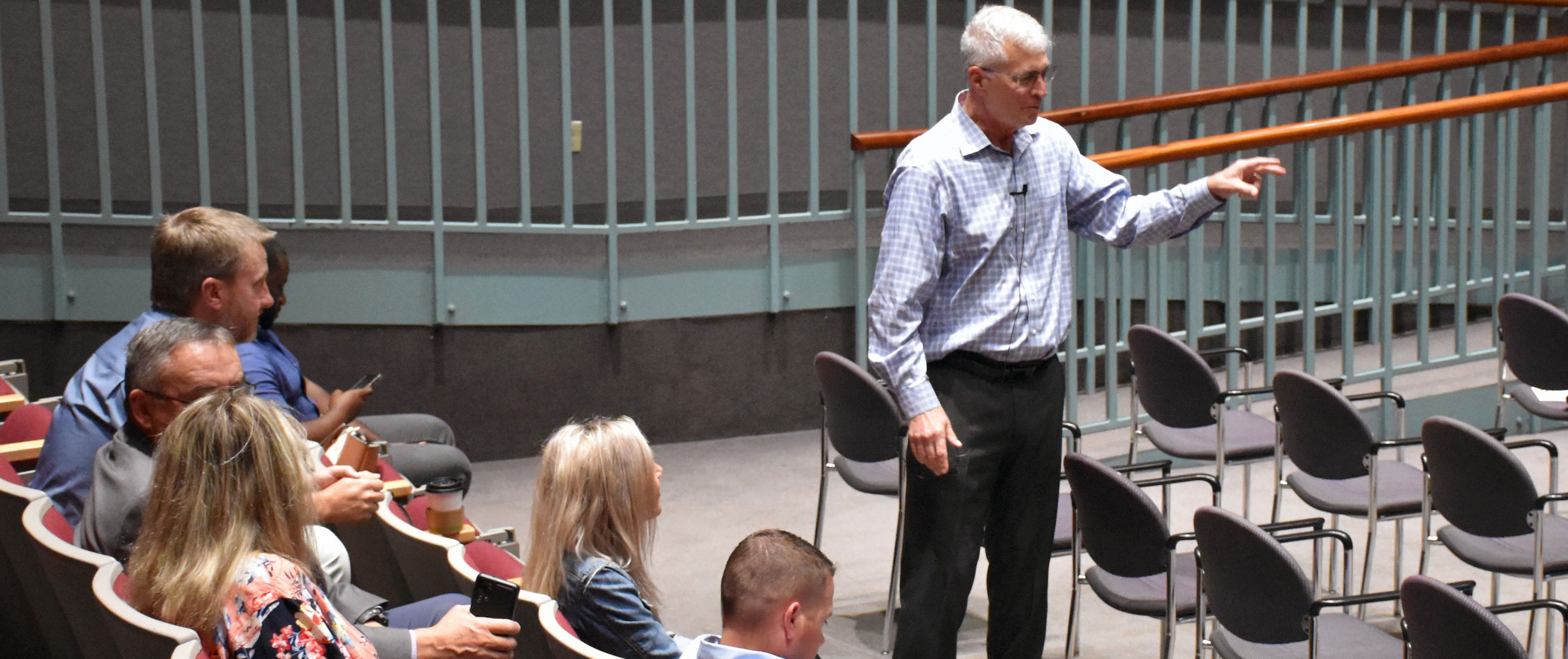It’s about much more than Obamacare…
Studies show that the average premium increase across the country is in the range 25%, with some receiving increases of over 50%. Present health care costs are very difficult for the Americans to handle. The increases could be devastating. More and more Americans will have to consider lower coverage plans, higher deductibles, or worse, no coverage at all.
There is no doubt that this issue will quickly become a major consideration for the November elections now barely a week away. At a minimum, it is just one more thing for voters to be frustrated with. But in reality, this will be a big deal once the public truly grasps how much more it will cost.
I (like most in health care) am not the least bit surprised about these premium increases and predicted it over a year ago. But worse yet, I see no end in sight to the underlying forces behind these increases. I’m not convinced that the premium increases a year from now will not be at least as bad as this year.
Let me summarize a few of the underlying factors that are contributing to this unacceptable continued rise in health care premiums:
- Despite a lot of talk, we have still done very little on the ground level to reduce overall costs in health care. Tends continue to spiral upward for all components — hospitals, physicians, pharmaceuticals. Furthermore, there is little incentive within the industry to control costs. Even with the rise in pay-for-performance programs, revenue is still driven overwhelmingly by volume. Decreasing volume will decrease revenues, and no sector in health care would want to volunteer to do this proactively. As such, until the incentives change, we will continue with the inexorable rise in health care costs simply on the basis of volume of services rendered.
- We are seeing an increase in longevity and incidence of chronic disease. This will have the effect of increasing medical demand and ultimately increasing medical costs. Adverse elective lifestyle habits, whether it is smoking, sedentary life choices or poor eating habits, will have the ultimate effect of increasing health care costs. Thus, the overall trend in health care will be to increase potential services rendered, likely with a commensurate increase in costs.
- New technologies are expensive. Basic care using these new technologies will add to the cost of total medical care, especially if their utilization is not managed and delivered upon evidence-based practices.
- Fixed non-medical costs will continue to trend upward. The cost of bricks and mortar, employees, and support services will all rise. Irrespective of the medical services rendered, overall costs will rise due in the non-medical arenas.
- Insurance only works when everyone plays. Put simply, regardless of the type of insurance (medical, automobile, homeowners), the unafflicted will always pay for the afflicted. Insurance is always a gamble for the consumer. In most years, there may be no risk at all; in other years, there may be a catastrophic event and the consumer is thankful to have that insurance. In health care, some form of coverage MUST be mandated or the population with low risk (or low income) simply will drop out. This has the overall effect of increasing the risk in the pool. Rates will inevitably go up due to the adverse selection. It is very politically unpopular to speak about health care mandates, but it is a business imperative. Opting out of coverage ultimately makes it even more costly for the population in general.
- When the uninsured get sick the public winds up footing the bill in one form or another. The amount of the medical bill collected from the uninsured is very low. Hospitals report an average collection of 6-7 %. These costs are either written up as a business loss or otherwise subsidized. In the long run the taxpayer pays regardless.
I could go on with more, but unless we address these underlying issues, (and others), health care costs will continue to rise. For employers who cannot afford these increases, their only alternative is to either not give coverage to their employees or, what most are now doing, raising the deductibles or copays to cost shift onto that employee.
So, I am not at all surprised about the new health insurance rates for 2017. Are you?
Note that my first four factors have nothing to do with Obamacare; they are basic business realities that we as a society have chosen, at least for now, to ignore and kick the can down the road.
Issues five and six are very much exacerbated by the present structural design of Obamacare.
Maybe finally, with enough pressure from the wallet, the public may hold our feet to the fire.
Obamacare may have been the catalyst, but the fundamental problem is much larger, and much more dangerous…….
We debate treating the symptoms, but have not even addressed the disease.
Rising health care costs are the silent killer in health care. Stay tuned for my next blog.




